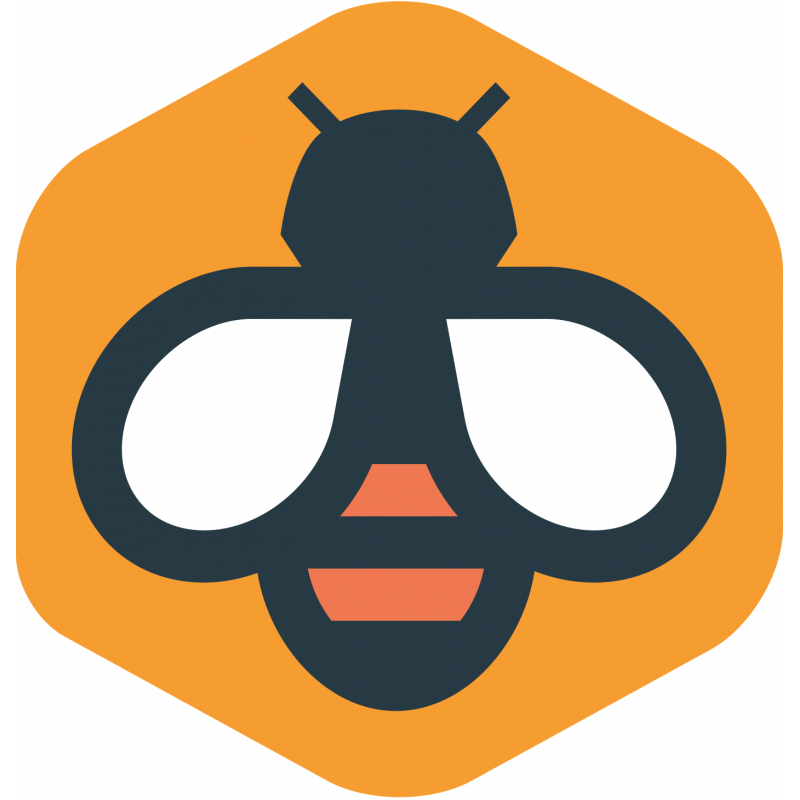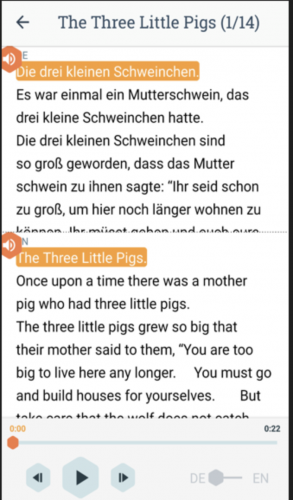
Beelinguapp
Beelinguapp is a mobile application that lets people learn languages by consuming content they love (books, news articles, and music). The app shows this content in the user's native language side-by-side to the language they want to learn with a native speaker reading the text out loud.
Beelinguapp's extensive library supports all levels of language learners from the earliest beginners to the most advanced polyglots. With translations in 14 languages, the variety of texts include classic works like Snow White and Sherlock Holmes, cultural guides to world cities, daily news stories, and even a section for kids with simplified sentences and illustrations.
Whether you are trying to recall a language from your primary school days or practicing a new one, Beelinguapp lets you easily add a layer of learning on top of your regular reading habits.
The pedagogical analysis covers how the product supports learning of the identified skills. The student’s role is assessed by four contrary pair parameters, which are selected to cover the most essential aspects on the use of the product.
The following are the high educational quality aspects in this product.
The supported learning goals are identified by matching the product with several relevant curricula descriptions on this subject area. The soft skills are definitions of learning goals most relevant for the 21st century. They are formed by taking a reference from different definitions of 21st century skills and Finnish curriculum.




User reviews for Beelinguapp
You need to log in to post a review.